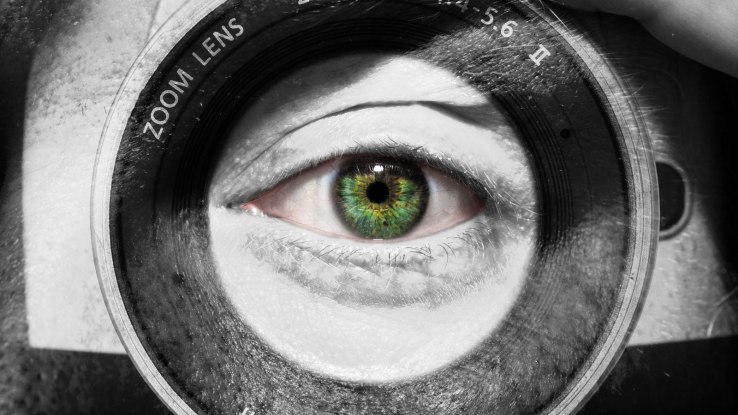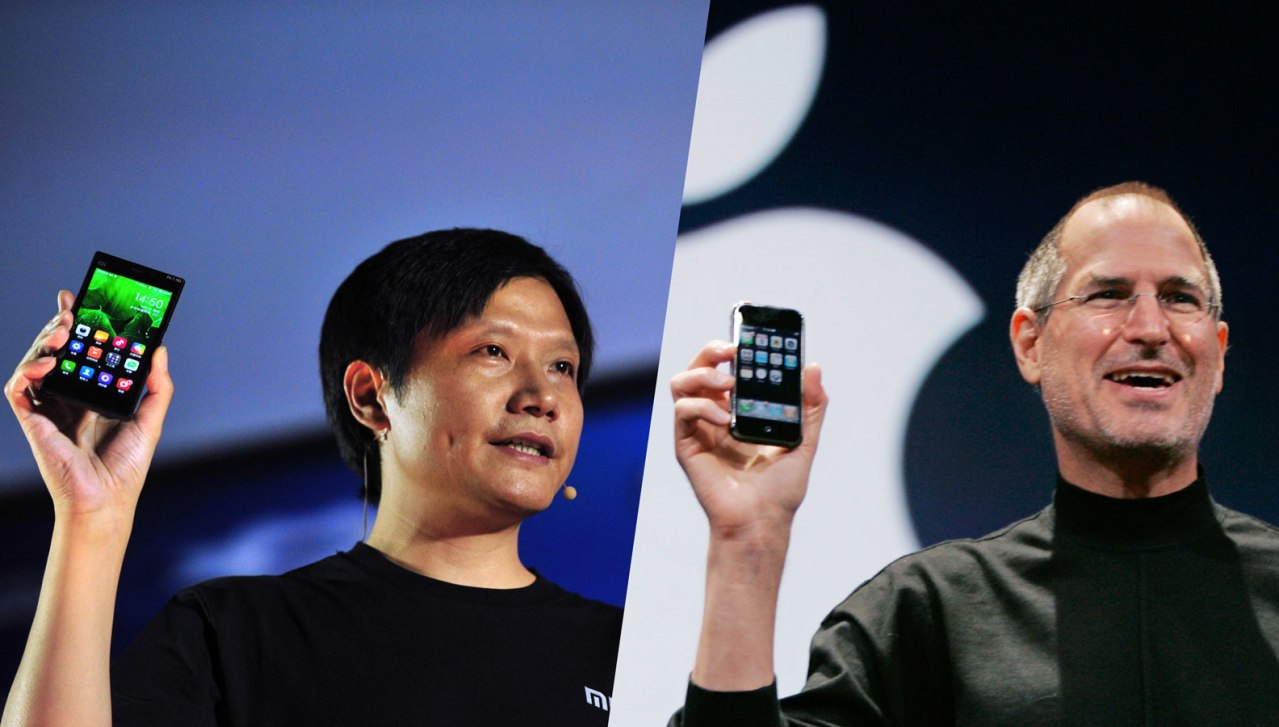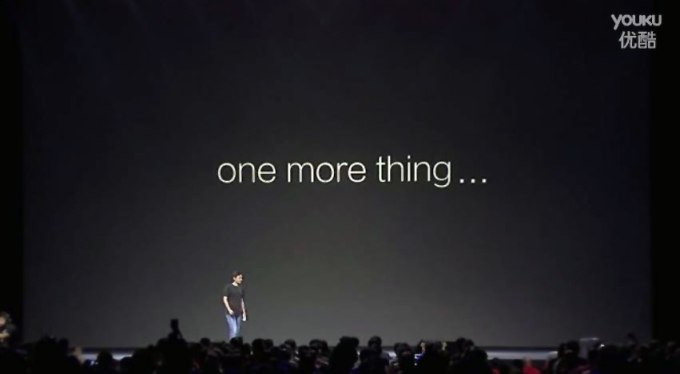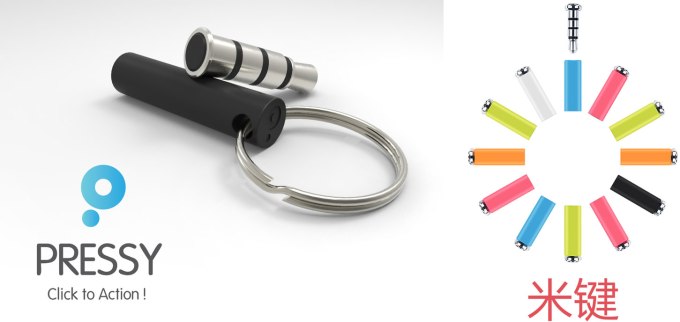
Notre objectif est de mettre en partage sur nos trois spécialisations (stratégies et management de l'innovation business tous secteurs, stratégies de croissance ENERGIE et CLEANTECH, stratégies de croissance DIGITAL), les analyses d'Innhotep, celles de nos invités et des articles tiers issus de notre veille. Accélérateur d' "innovations business", Innhotep intervient comme conseil auprès de grands groupes et accompagne le développement de start-up high-tech.
- Innovations business (327)
- Innovations numériques (1334)
- Innovations énergétiques (764)
lundi 29 septembre 2014
The World’s First Genetically Modified Babies Will Graduate High School This Year

mercredi 10 septembre 2014
Dropbox Acqhires KBVT’s Computer Vision Geniuses To Mine Its Photos

 Belhumeur is a computer science professor and Director of Columbia’s Laboratory for the Study of Visual Appearance. He has an engineering Ph.D from Harvard and was a postdoctoral fellow at the University of Cambridge’s Isaac Newton Institute for Mathematical Sciences. He researches computer vision, face recognition, and machine learning for visual recognition. His academic papers have accrued over 21,000 citations and he built the Leafsnap and Dogsnap iOS apps to help people ID tree and bird species from images.
Belhumeur is a computer science professor and Director of Columbia’s Laboratory for the Study of Visual Appearance. He has an engineering Ph.D from Harvard and was a postdoctoral fellow at the University of Cambridge’s Isaac Newton Institute for Mathematical Sciences. He researches computer vision, face recognition, and machine learning for visual recognition. His academic papers have accrued over 21,000 citations and he built the Leafsnap and Dogsnap iOS apps to help people ID tree and bird species from images. Kriegman has published over 150 papers on robotics, computer graphics, face recognition, and object recognition. The Stanford Ph.D has received tons of awards in his field and is the Editor-in-Chief of the research compendium IEEE Transactions on Pattern Analysis and Machine Intelligence.
Kriegman has published over 150 papers on robotics, computer graphics, face recognition, and object recognition. The Stanford Ph.D has received tons of awards in his field and is the Editor-in-Chief of the research compendium IEEE Transactions on Pattern Analysis and Machine Intelligence. Dropbox has plenty of photos for the guys to mine. The service now has 300 million users, up 200% in 18 months, and has 80,000 paying customers.
Dropbox has plenty of photos for the guys to mine. The service now has 300 million users, up 200% in 18 months, and has 80,000 paying customers.Des baguettes intelligentes - From China, smart chopsticks alert diners if their food is unsafe to eat

A major food industry scandal in China in recent years is the sale of 'gutter oil', which is made up of waste cooking oil from drains and sewers and resold to kitchens. Developed by Baidu — China's answer to Google — the smart chopsticks were launched at the company's annual conference last week with the specific aim of tackling the problems such as gutter oil. Called Baidu Kuaisou, the utensils feature sensors that detect the chemical makeup of oil, water and other foods. The chopsticks also include color LEDs that turn blue or red depending on whether they've sensed the presence of a dangerous ingredient. Diners can also connect the chopsticks to their smartphones to see more detailed information about why their food has been flagged. According to Baidu, the Kuaisou chopsticks monitor the quality of cooking oil, but will also be able to track PH levels and temperature and calories.
The product hasn't yet been given a price tag and is still being developed before being released to the public. Could technology like this offer other uses — for example, detecting gluten and allergens, or detecting the ingredient used in a particular dish?
Website: www.baidu.com
Source : Springwise
jeudi 7 août 2014
E-commerce : ce gigantesque business qu'Apple bâtit en catimini
Une opportunité fantastique

Touch ID ne sert pas à ce que vous croyez
Apple bâtit une infrastructure d'achat nationale
jeudi 31 juillet 2014
Xiaomi’s One More Thing


Don’t Think Different

The Spin Zone
One More Thing…
QR Post, le QR code qui prend vos messages quand vous n'êtes pas là...
jeudi 1 mai 2014
Vers le cerveau électronique...
Brain-inspired circuit board 9000 times faster than an average PC

vendredi 18 avril 2014
Robots journalistes...
mardi 8 avril 2014
Wearable Technology- The Future
http://zite.to/OgFlpi
21 Technologies That Will Decentralize the World
http://zite.to/1e5oge8
Nate Silver : think probabilistically
Where Does The Internet Get Its Energy? Tech Companies' Power Sources, Visualized
http://zite.to/1lOGPpD
Forget wearable tech, embeddable implants are already here
http://zite.to/1qm9aRR
mardi 1 avril 2014
Comment Google compte offrir l'accès à Internet aux 2/3 de l'Humanité qui en sont dépourvus ?
Intel to turn Dublin into world’s first ‘internet of things’ city
http://zite.to/1kou3tZ
New surgical robot makes it easier to perform complicated surgeries
http://www.engadget.com/2014/04/01/da-vinci-xi-surgical-robot http://www.engadget.com/2014/04/01/da-vinci-xi-surgical-robot
Apple veut rendre plus prudent l’usage de messages textes en marchant

L’illusion de transparence grâce à l’utilisation de la caméra du Smartphone
Différentes variantes d’application
Scénario catastrophe : Facebook va-t-il disparaitre en 2017 ?
LICK : une chaine de magasins dédiés aux objets connectés
lundi 31 mars 2014
Boeing, Cupertino to 'explore weaponisation of Apple technologies'
http://www.theregister.co.uk/2014/04/01/macbook_air_to_become_wings_for_killer_drones http://www.theregister.co.uk/2014/04/01/macbook_air_to_become_wings_for_killer_drones
Preview: Loop lets you pay with your smartphone on existing credit card readers
http://thenextweb.com/gadgets/2014/04/01/loop-poised-make-paying-phone-reality-tapping-existing-pos-infrastructure http://thenextweb.com/gadgets/2014/04/01/loop-poised-make-paying-phone-reality-tapping-existing-pos-infrastructure
dimanche 30 mars 2014
Facebook buys UK maker of solar-powered drones to expand internet
http://zite.to/1gEZQru
A full-size 3D-printed house is under construction in Amsterdam
http://www.digitaltrends.com/cool-tech/full-size-3d-printed-house-construction-amsterdam http://www.digitaltrends.com/cool-tech/full-size-3d-printed-house-construction-amsterdam
John Carmack breaks silence on Facebook's Oculus acquisition
http://www.theverge.com/2014/3/30/5563440/john-carmack-facebook-oculus-rift-purchase-comments http://www.theverge.com/2014/3/30/5563440/john-carmack-facebook-oculus-rift-purchase-comments
samedi 29 mars 2014
Why european startups shouldn’t fundraise in the Silicon Valley
http://thenextweb.com/entrepreneur/2014/03/29/european-startups-shouldnt-fundraise-silicon-valley http://thenextweb.com/entrepreneur/2014/03/29/european-startups-shouldnt-fundraise-silicon-valley
Twitter Is Killing Itself In Order To Grow And Please Wall Street
http://www.forbes.com/sites/ericjackson/2014/03/29/twitter-is-killing-itself-in-order-to-grow-and-please-wall-street http://www.forbes.com/sites/ericjackson/2014/03/29/twitter-is-killing-itself-in-order-to-grow-and-please-wall-street
lundi 24 mars 2014
Gilles Azarro réalise des sculptures en impression 3D à partir de la voix

Source : Frenchweb




















